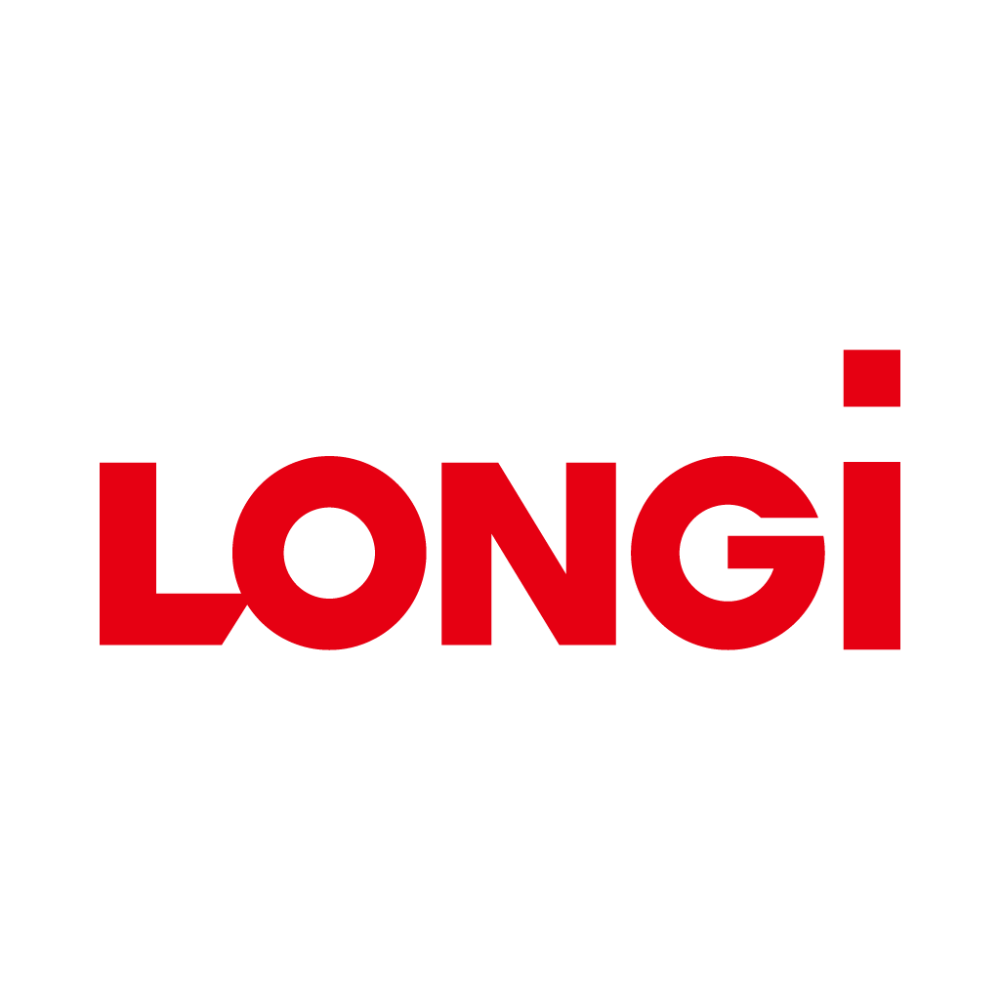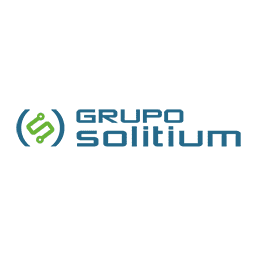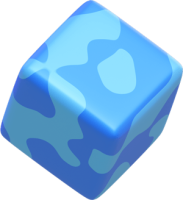SLA 3D Printing Technology
Stereolithography service (SLA)
Parts and prototypes with an incredible level of detail. Ideal for the production of models, jewellery, modelling figures and all types of moulds. It is the most suitable solution for designers looking for very aesthetic finishes.
- Basic grey resin, high temperature, 80A Flexible, Model, Castable, Durable, Clear.
- Accuracy and resolution guaranteed up to 25 microns.
- Free delivery.
Request a quote






SLA - Resin 3D Printing Case Studies
What is SLA 3D printing?
In SLA technology, a laser solidifies a photosensitive liquid resin, building up the model layer by layer. The resulting parts have the best surface finishes and highest resolution of our offer. It is also the ideal technology for the production of scale models and modelling figures, due to its detail and resolution.


















Order in less than 3 minutes
Upload your CAD file
Upload your 3D design. If you don't have it, don't worry. At Additium3D, we will be happy to work with you to create the necessary file.
Get a quote with DFM
Within hours, you will receive a detailed design analysis and quotation with recommendations and pricing.
Manufacturing begins
Once you have reviewed and accepted the quote, we will start 3D printing your project.
You receive your order
The parts reach you in record time. And don't worry about delivery, we take care of that too, so that your parts are in your hands in just a few hours.
Why choose Additium3D 3D printing?
Tailor-made design
We serve all across Europe. And yes — you can visit us in Valencia, Spain.
Speed and efficiency
Cost reduction
Advantages and disadvantages of SLA 3D printing
We want to help you make informed decisions.
Advantages of SLA Technology:
- High precision in detailSLA technology offers high accuracy and resolution, making it ideal for detailed parts, intricate details and complex geometries that are difficult to achieve with other manufacturing methods.
- A wide variety of materials: SLA technology has been on the rise for many years and this has enabled the development of many resins that can be used to produce everything from prototypes for the health and dental industry to moulds for jewellery.
- Mechanical isotropy: This means that the layers do not affect the mechanical properties in any direction.
- Printing speed: SLA printing is often faster than some other 3D printing technologies, which speeds up projects.
- Smooth surfaces: SLA-printed parts have smooth, high-quality surfaces, reducing the need for post-processing.
Disadvantages of SLA Technology:
- Costly: Both printers and resins used in SLA tend to be more expensive compared to some other technologies.
- Limited resistance: Parts printed with SLA can be more fragile and not as robust as those printed with other technologies such as FDM or SLS.
- Exposure to UV light: The photosensitive resin used in SLA is sensitive to ultraviolet light, which may require special care during storage and handling.
- Support required: In some cases, they may require support structures that must be manually removed after printing.
- Limited size:a SLA printers often have limitations on the size of the parts that can be printed, which can be a disadvantage for large projects.
Very high quality 3D print finishes at unbeatable prices with SLA technology
If SLA technology stands out for anything, it is for its ability to work with a resolution of up to 25 microns, something unattainable with other technologies. This makes it possible to define surfaces with maximum detail, which can be seen even in the detail of Spiderman's suit in the photos, where even the mesh texture of the suit can be seen.
What materials are used in SLA 3D printing?
At Additium 3D we offer a wide variety of resins depending on the application.
This resin is versatile and is commonly used for prototypes and concept models. It offers a smooth surface and precise details.
Designed to withstand high temperatures, it is ideal for applications requiring heat resistance, such as engine parts or industrial components.
It offers flexibility and impact resistance, making it suitable for elastomeric parts, seals and flexible prototypes. It is mainly used in the healthcare sector.
This resin is perfect for architectural and design models, as it allows the creation of detailed models with high precision. It is widely used in the dental and healthcare sectors.
Designed specifically for casting, this resin allows the creation of models that can be used to produce metal parts through casting processes. It is used in jewellery.
It offers excellent durability and abrasion resistance, making it suitable for functional and mechanical parts. Ideal for medical prototypes.
This transparent resin is ideal for applications requiring visualisation of internal details or for transparent prototyping. It is best suited for transparent prototypes.
What can Additium3D 3D printing do for my industry?
Do you need to 3D print your parts with the highest precision of detail?
Upload your 3D design and receive your order within fast delivery times. If you don't have a CAD file created, don't worry, we'll do it for you.
Testimonials
What do they say about us?
3D printing projects carried out by Additium 3D
Replica Microscope for the production company La Factoría de los Sueños
At Additium3D, we don't just offer 3D printing, we offer complete additive manufacturing solutions. Our experience ranges from the...
Orthopaedics in 3D - We adapt a customised support for a mechanised chair.
At Additium3D, we are committed to the wellbeing of people, and one of the areas where our technology has an important role to play is in the...
Powering Innovation in Energy Storage: Power Electronics 3D mock-up for trade shows
Power Electronics, the world's leading manufacturer of solar inverters and energy storage, participated in Solar & Storage Live London,...
3D Printing in Healthcare: Design and manufacture of elastic and adaptable support for catheters
There are numerous uses for 3D printing technology in everyday life, but one of the ones that fills us with...
FAQS 3D SLA PRINTING
If what the client is looking for is a maximum level of detail and precision, Additium3D always recommends without a second thought the use of SLA technology, or stereolithography. This manufacturing technique, patented in 1984, consists of the photopolymerisation of a resin sensitive to ultraviolet rays by means of a laser, which solidifies layer by layer to form the desired 3D model.
In order to offer the best possible service, Additium3D uses Formlabs technology with Form3+ equipment that has unique properties on the market. The Form3+ is the result of a constant evolution over a decade to reach an equipment that offers on the one hand an unsurpassed surface quality thanks to its precision and the
Improved fine point supports; and demoulding and post-processing that makes it much easier to achieve clean and well-treated models, as long as it is under the control of skilled hands like those of the Additium3D team.
As with any 3D printing process, it all starts with the 3D design of the model to be printed and its export to an .STL format needed to work on the printing platforms.
Once the 3D model was made in .STL format, we used the Preform software to configure and maximise the printing space of 14.5×14.5×18.5 cm and minimise the necessary supports that support the print and that do not mark a surface with a resolution of up to 25 microns.
Once the printing is configured and after making sure that we have the necessary resin in the tank and we have completed the steps that the printer asks for, we proceed to the printing of our prototypes.
Once the manufacturing process is finished, it is time for the appropriate post-processing to obtain the best final quality. This process begins first in the Form Wash, a tank of Isopropyl Alcohol in which the 3D printed prototypes are immersed to remove resin residues and leave a clean piece.
Once this process of approximately 10 minutes is finished, we demould the pieces and introduce the prototypes into the Form Cure, an Ultraviolet oven in which we treat the 3D printed models for 30 minutes. In this way we get the material to reach its optimum properties. From here, Additium 3D applies its techniques developed over a decade of working with this technology to achieve the best possible finish for the parts.
As we told you in the first Blog post about SLA Technology and how Additium3D uses it to make prints with an amazing level of definition and detail.
SLA technology uses photosensitive resins that can vary in composition and properties. These resins are cured by exposure to UV light and are available in a wide variety of types, including standard, high-temperature, transparent, flexible and other resins.
In an SLA printer, a platform dips a layer of photosensitive liquid resin. Then, a UV laser is used to selectively solidify specific areas of the resin layer, creating a single layer of the part. The process is repeated layer by layer until the print is complete.
The main difference between an FDM (Fused Deposition Modelling) printer and an SLA printer is the manufacturing method. FDM uses thermoplastic filament that is extruded and solidified layer by layer, while SLA uses liquid resin that is cured with UV light. SLA tends to offer greater precision and fine detail, while FDM is known for its versatility and lower costs in some cases.









